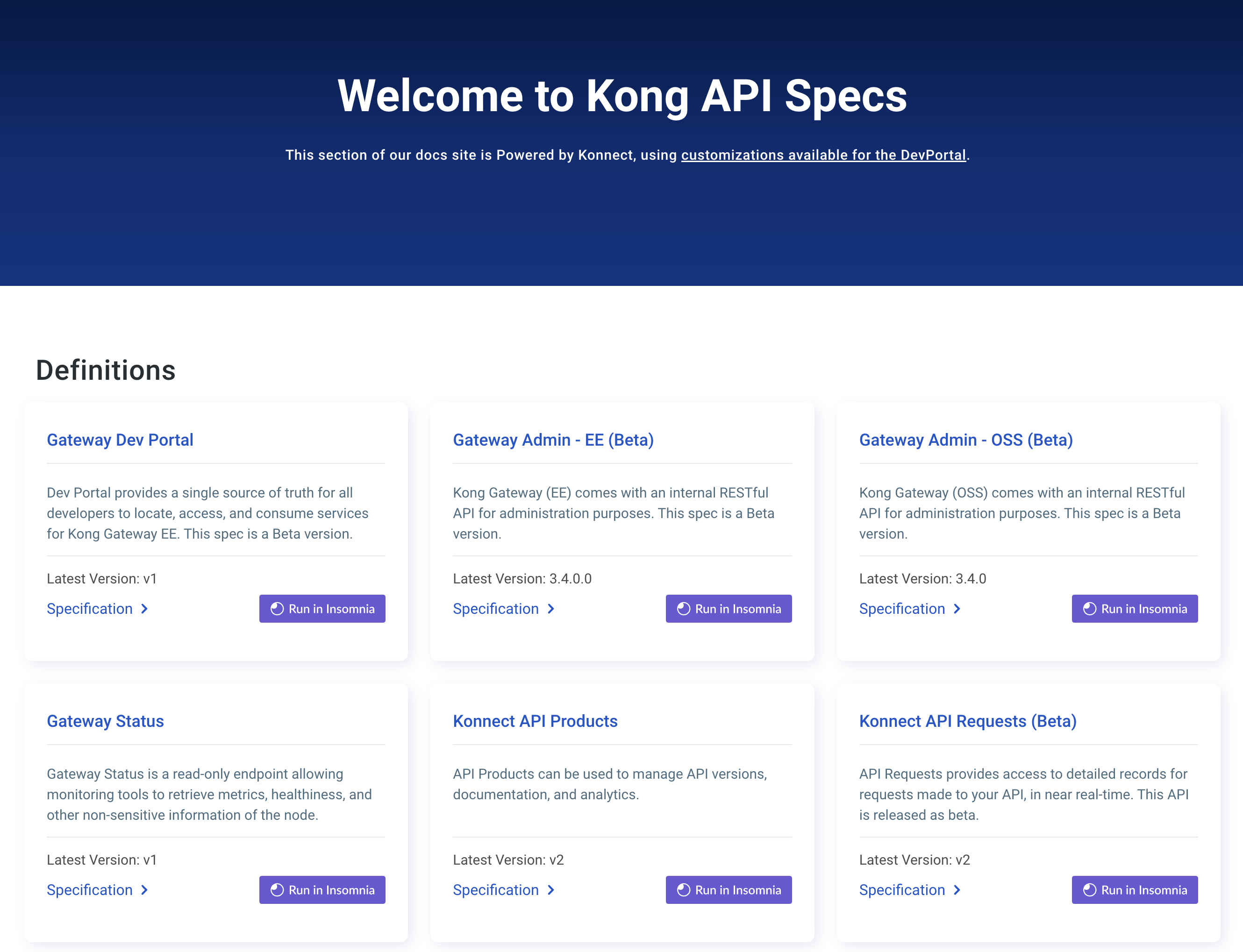You are browsing documentation for an older version. See the latest documentation here.
Kong Mesh with Debian
To install and run Kong Mesh on Debian (amd64):
Finally, you can follow the Quickstart to take it from here and continue your Kong Mesh journey.
Prerequisites
You have a license for Kong Mesh.
1. Download Kong Mesh
2. Run Kong Mesh
Once downloaded, you will find the contents of Kong Mesh in the kong-mesh-2.0.x folder. In this folder, you will find — among other files — the bin directory that stores all the executables for Kong Mesh.
Navigate to the bin folder:
cd kong-mesh-/bin
Then, run the control plane with:
KMESH_LICENSE_PATH=/path/to/file/license.json kuma-cp run
Where /path/to/file/license.json is the path to a valid
Kong Mesh license file on the file system.
This example will run Kong Mesh in standalone mode for a flat deployment, but there are more advanced deployment modes like multi-zone.
We suggest adding the kumactl executable to your PATH so that it’s always
available in every working directory. Alternatively, you can also create a link
in /usr/local/bin/ by executing:
ln -s ./kumactl /usr/local/bin/kumactl
This runs Kong Mesh with a memory backend,
but you can use a persistent storage like PostgreSQL by updating the conf/kuma-cp.conf file.
3. Verify the Installation
Now that Kong Mesh has been installed, you can access the control plane using either the GUI, the HTTP API, or the CLI:
You will notice that Kong Mesh automatically creates a Mesh
entity with the name default.
4. Quickstart
To start using Kong Mesh, see the quickstart guide for Universal deployments.












